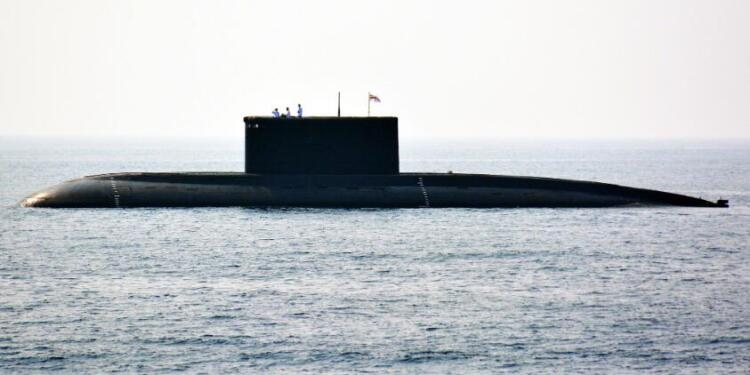India is making significant strides in strengthening its defense capabilities, focusing on indigenous weapon development to ensure national security and self-reliance. The commissioning of INS Arighat, a 6,000-ton nuclear missile submarine, represents a critical step in this direction. Built at the Vizag shipyard, INS Arighat, equipped with K-15 missiles, will soon join its sister ship INS Arihant in bolstering India’s nuclear deterrent.
This submarine, developed entirely in India, highlights the nation’s growing ability to produce advanced military technology. INS Arighat’s commissioning will be followed by INS Aridhaman next year, which will carry more powerful K-4 missiles with a 3,500 km range. Additionally, under the Rs 90,000 crore advanced technology vessel (ATV) project, a fourth SSBN is under construction, and plans are underway to build even larger submarines equipped with advanced reactors and extended-range missiles.
Moreover, India is set to embark on the development of two nuclear-powered attack submarines, pending final approval from the PM-led Cabinet Committee on Security. These “hunter-killer” submarines, originally proposed as six vessels under Project-77, have been scaled down to two and will be 95% indigenous, reflecting India’s emphasis on self-reliance in defense. Despite the reduced scale, these submarines will play a vital role in India’s naval strategy, capable of extended submerged operations and armed with torpedoes, anti-ship, and land-attack missiles.
India’s focus on indigenous development is part of a broader strategy to counter regional threats from China and Pakistan. While India currently has one operational SSBN, the INS Arihant, and a fleet of 16 diesel-electric submarines, the addition of new SSBNs and SSNs will significantly enhance its naval power. These submarines will ensure India’s second-strike capability, providing secure platforms for retaliatory nuclear strikes and extending the nation’s deterrence range.
In contrast, China’s formidable submarine fleet, including six Jin-class SSBNs with 10,000 km range JL-3 missiles and six SSNs, poses a significant challenge. However, India’s planned developments, including leasing an advanced Akula-class SSN from Russia in 2026, will bridge the gap and ensure that the nation remains prepared to defend its sovereignty.
The focus on indigenous development in defense underlines India’s commitment to Atmanirbhar Bharat (self-reliant India), ensuring that the country is not dependent on foreign powers for its security needs. The INS Arighat’s commissioning, alongside future projects, signals India’s determination to build a robust and self-sufficient defense infrastructure. As India continues to advance its capabilities, it sends a powerful message of national pride and readiness to protect its interests in an increasingly complex global environment.
This drive towards self-reliance in defense is not just about enhancing military strength; it’s about asserting India’s position as a global power, capable of securing its future through its innovation and determination. The nation’s strategic investments in defense are a testament to its resolve to remain a formidable force in the region and beyond.































